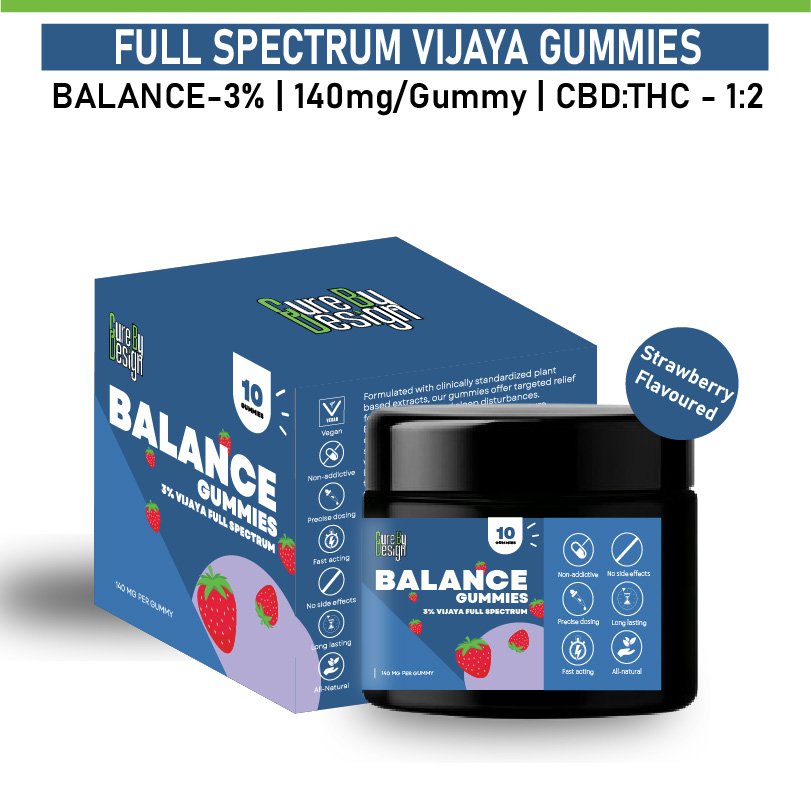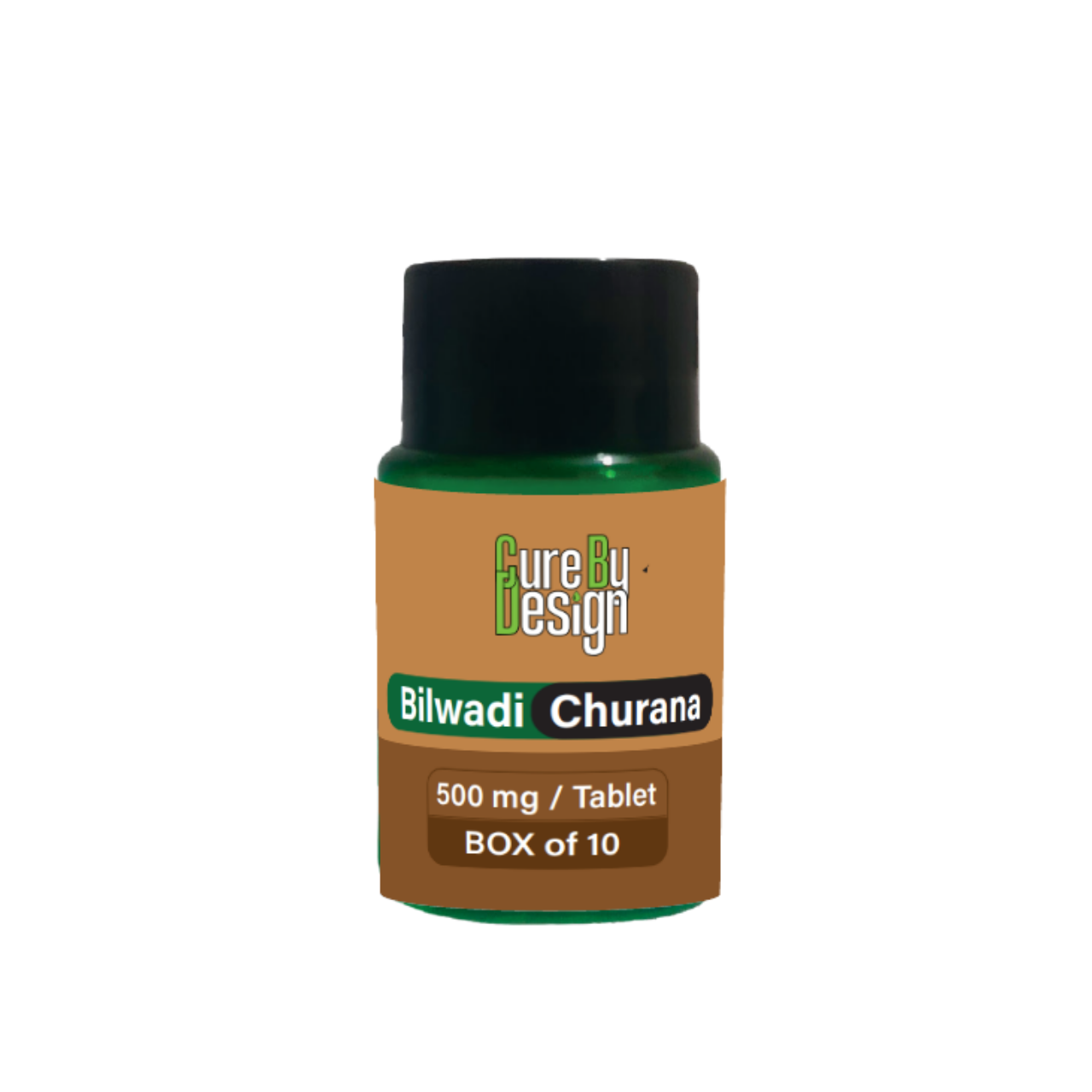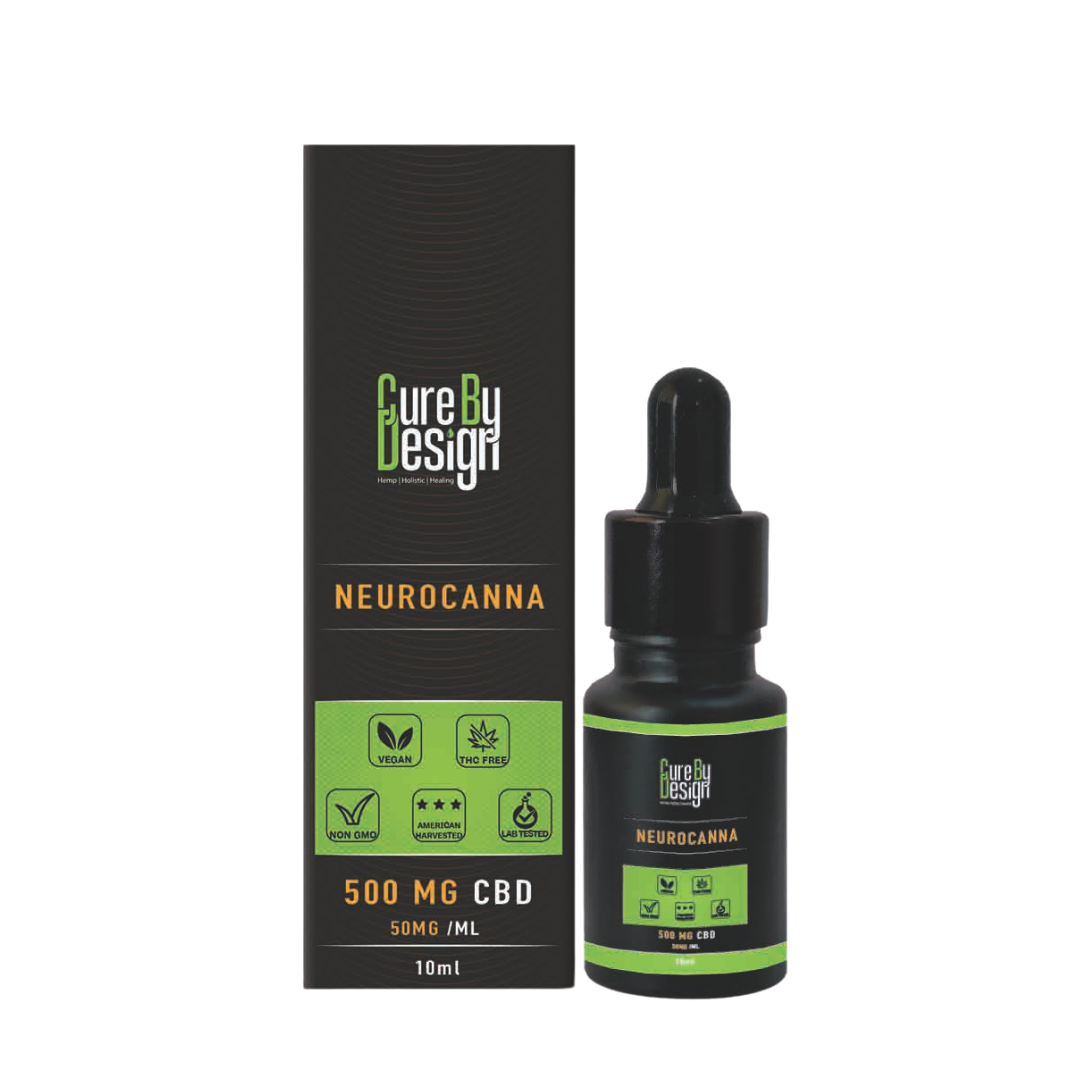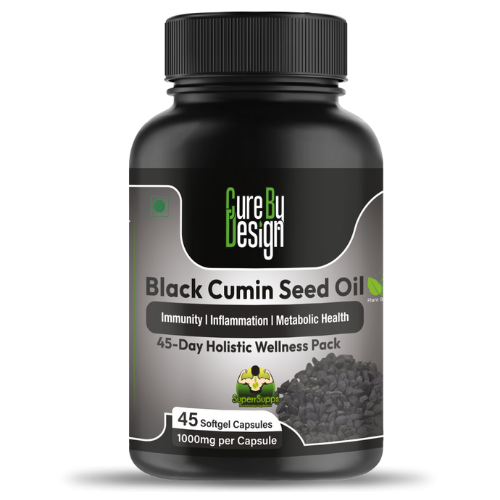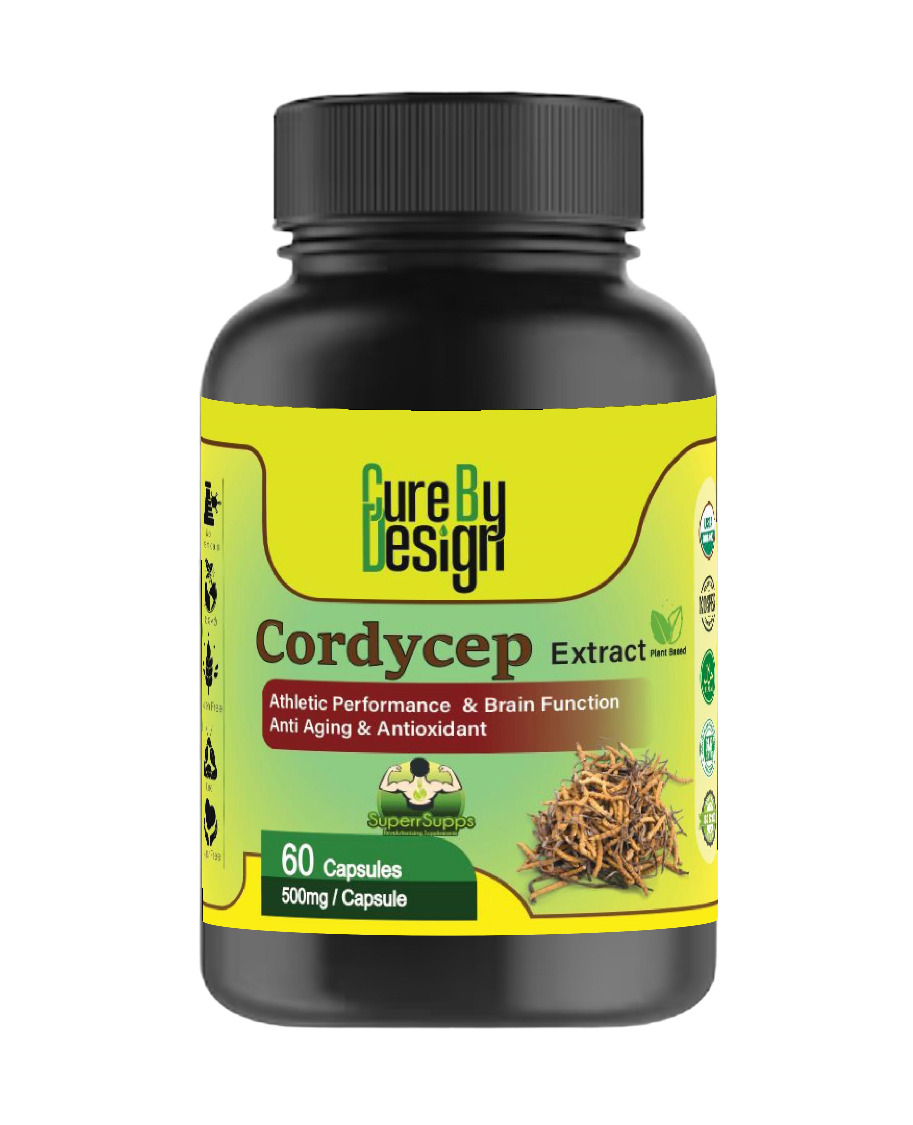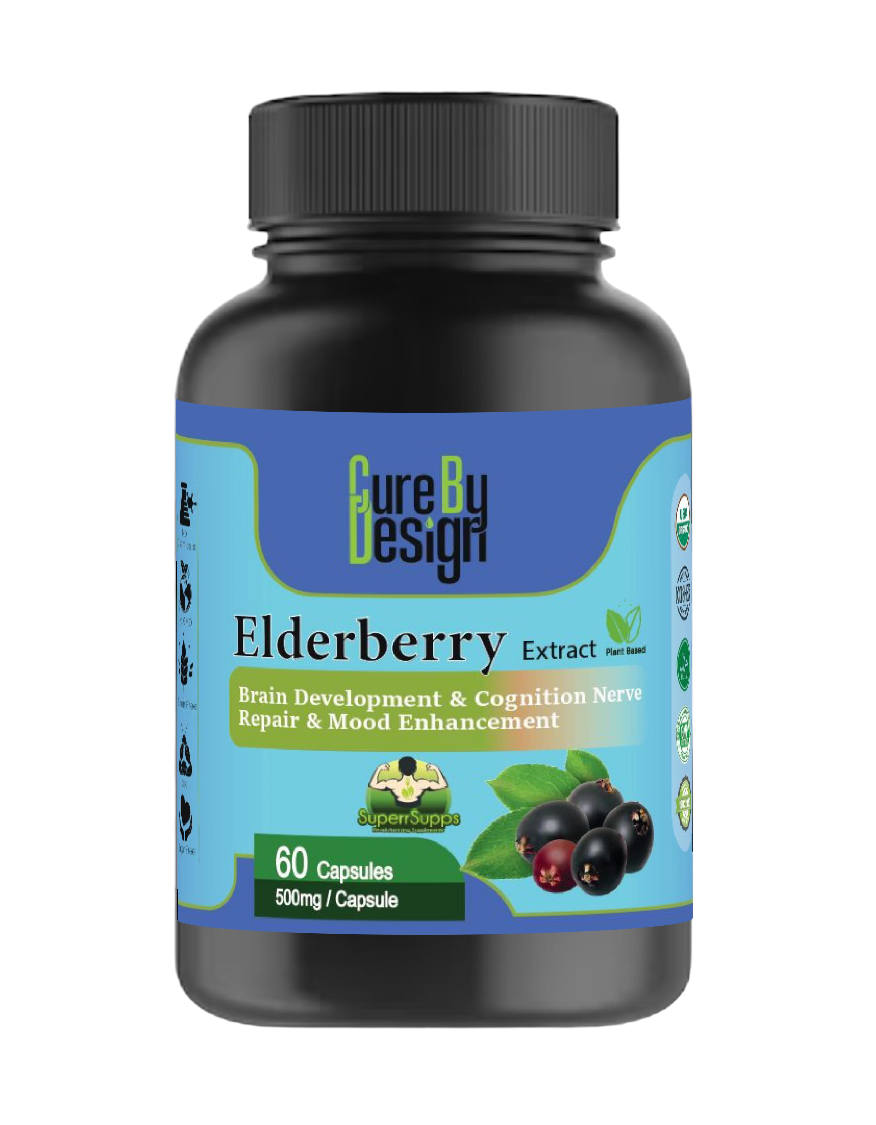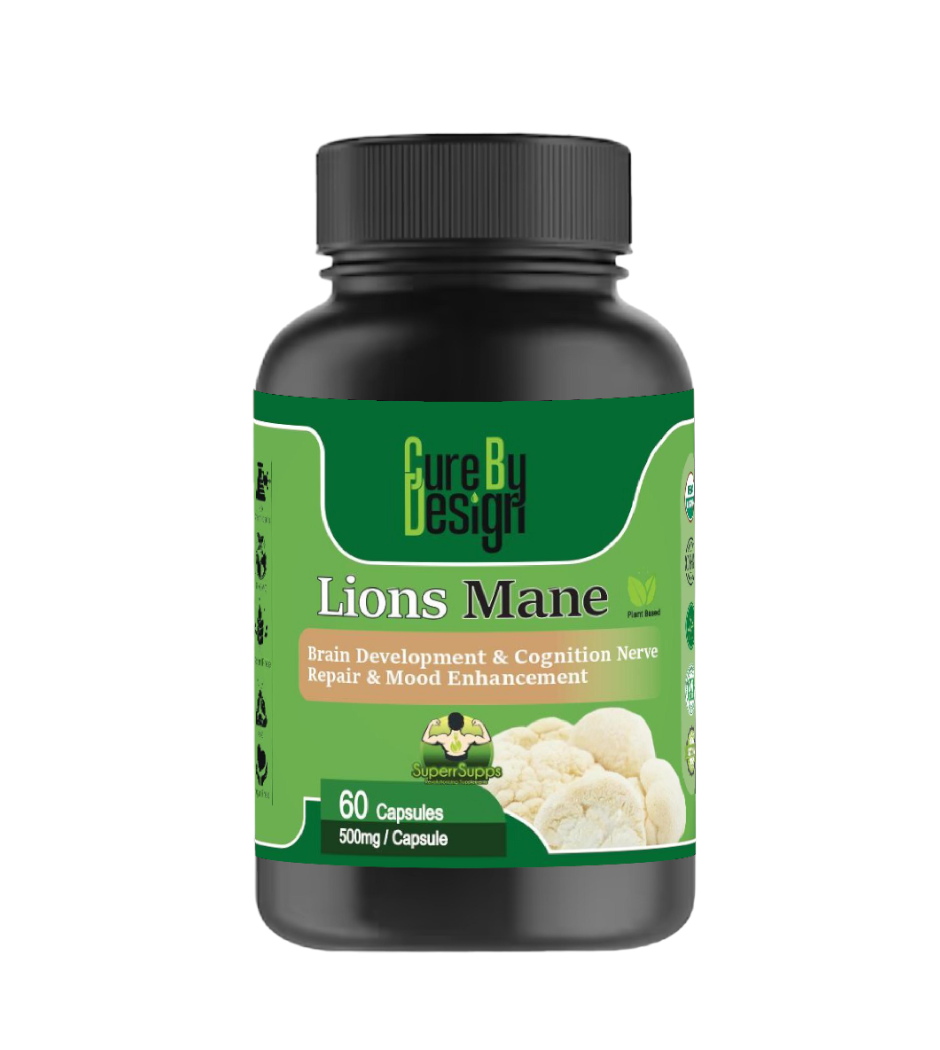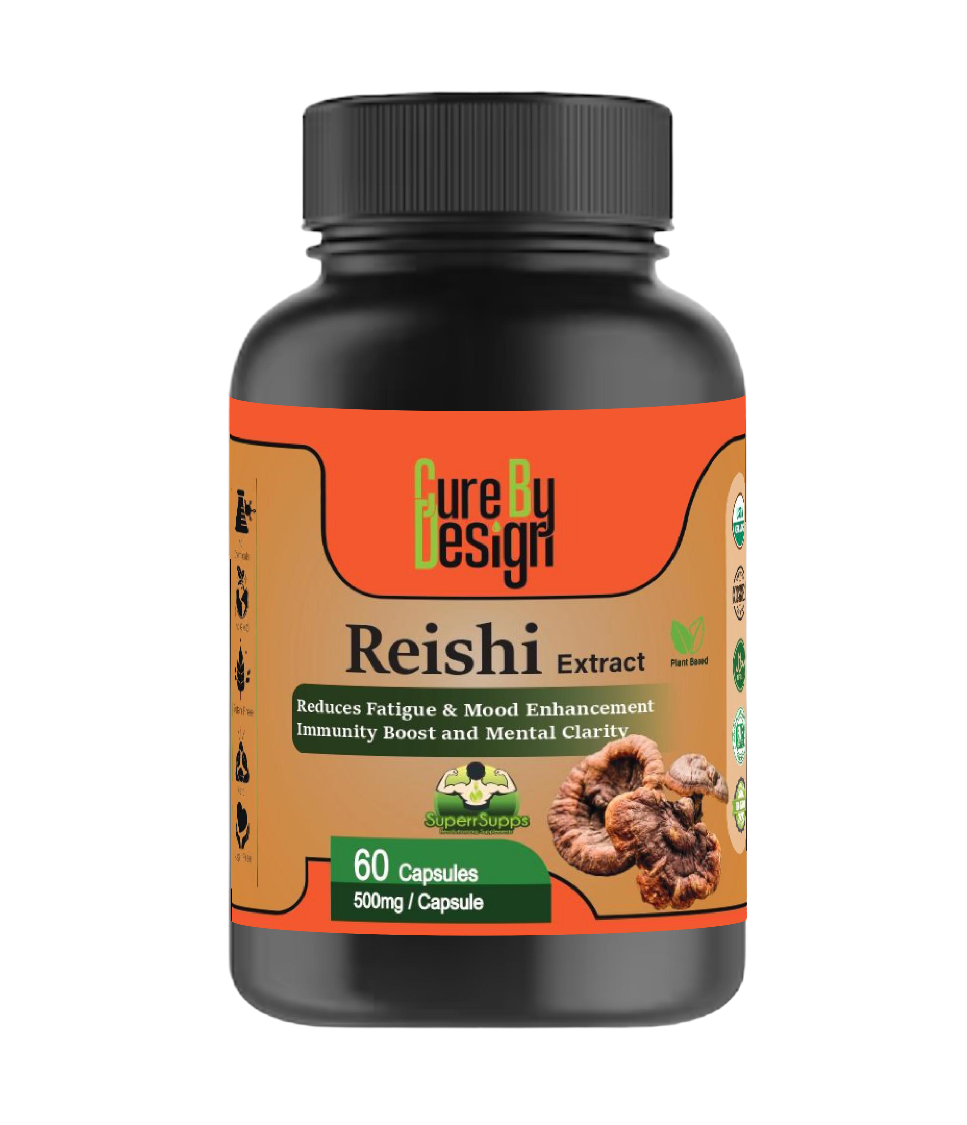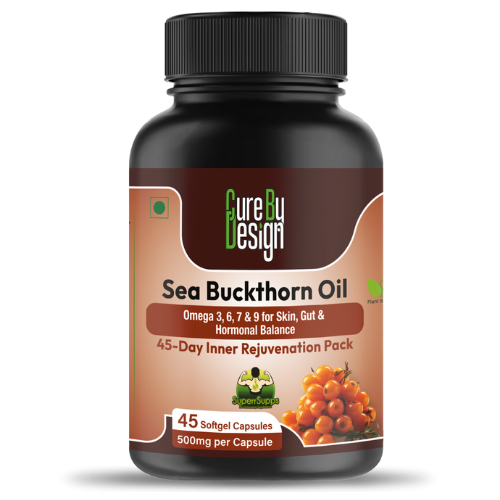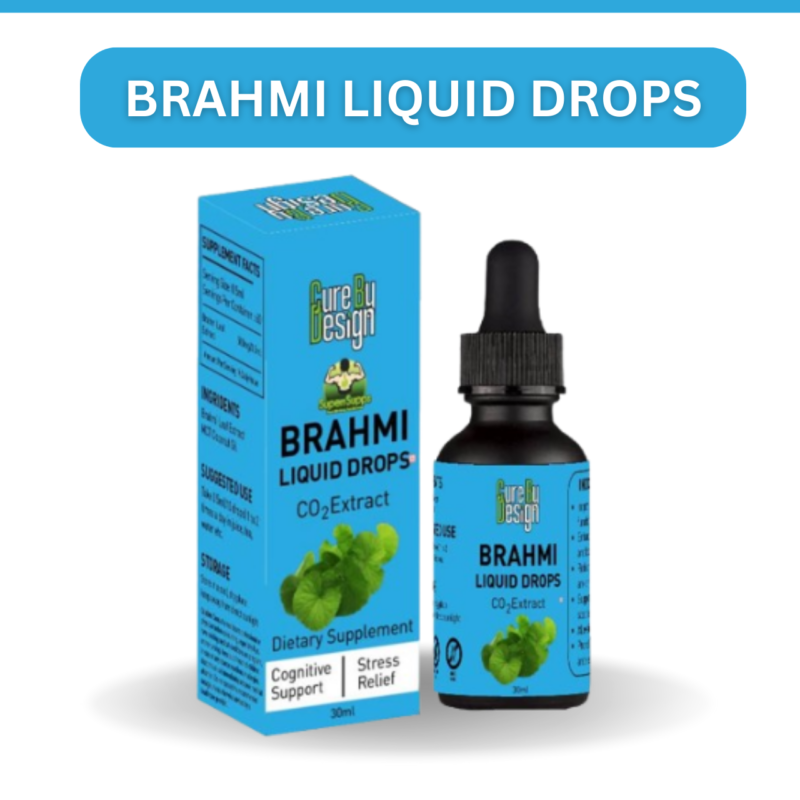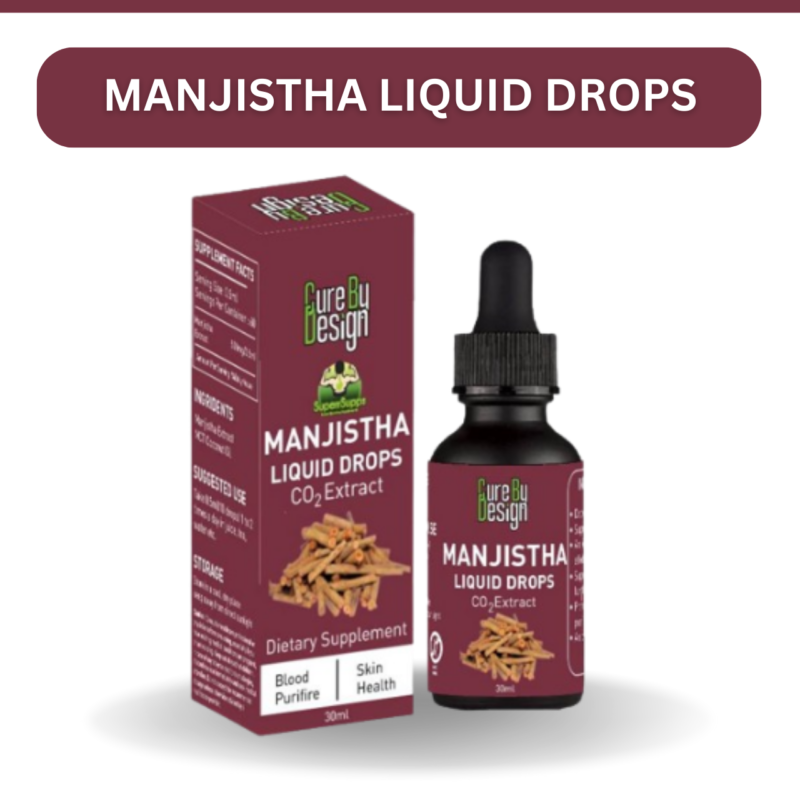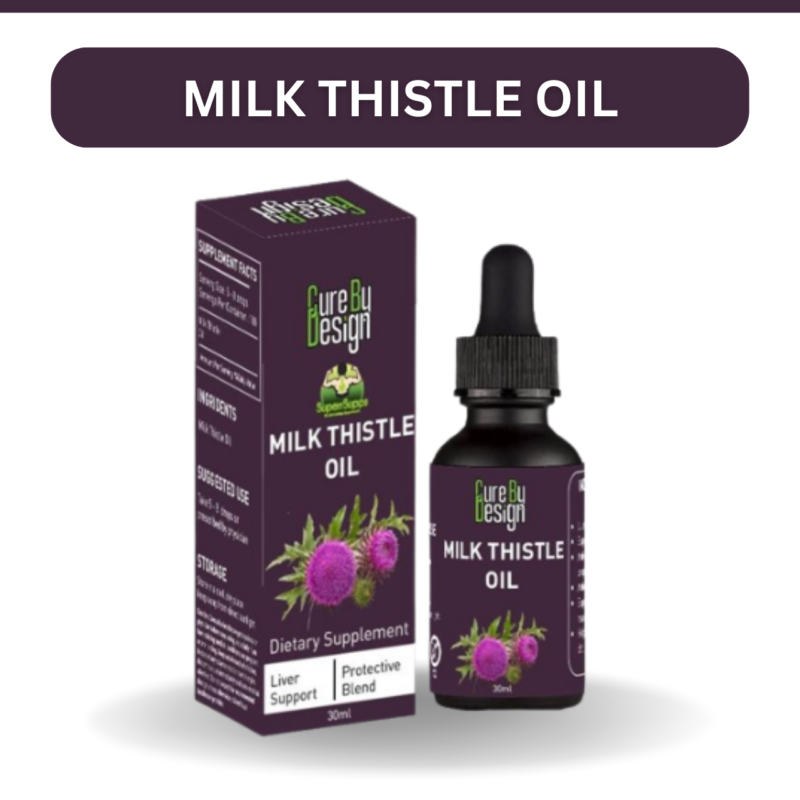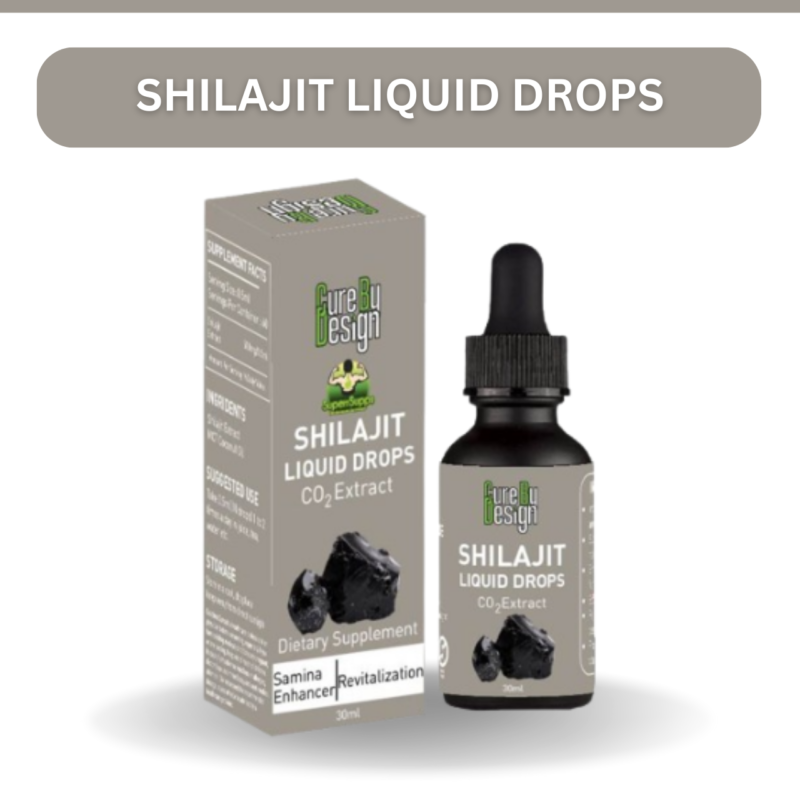The Science Behind Vijaya-Based Ayurvedic Medicine

Vijaya-Based Ayurvedic Medicine
For thousands of years, your ancestors walked through Indian forests, carefully selecting medicinal plants that would heal their communities. Among these sacred botanicals was Vijaya, known today as cannabis, a plant so revered that ancient Ayurvedic texts called it one of the five sacred plants that “release us from anxiety.” Yet somewhere between ancient wisdom and modern times, this knowledge became clouded by stigma and misunderstanding.
Today, as India rediscovers its medicinal heritage and modern science validates what Ayurvedic practitioners have known for millennia, we stand at a remarkable intersection. The same plant that helped your great-grandmother sleep peacefully and eased your grandfather’s joint pain is now being studied in laboratories worldwide, revealing the sophisticated science behind traditional Vijaya-based treatments.
If you’ve ever wondered how ancient healers could be so precise in their plant medicine without modern equipment, or why Ayurvedic Vijaya preparations seem to work differently than Western cannabis products, the answer lies in understanding the profound science embedded within India’s traditional healing system.
Vijaya in Ancient Ayurvedic Texts: Foundational Wisdom

The story of Vijaya in Ayurveda begins with the foundational texts that form the backbone of Indian traditional medicine. The Sushruta Samhita, written over 2,000 years ago, describes Vijaya as a powerful medicine capable of treating various ailments from digestive disorders to neurological conditions.
Historical Documentation in Sacred Texts:
- Atharva Veda: References Vijaya as one of the five sacred plants, calling it “anxiety releaser” and “source of happiness and joy.”
- Sushruta Samhita: Provides detailed descriptions of Vijaya preparations for treating pain, insomnia, and digestive issues.
- Charaka Samhita: Documents Vijaya’s use in treating epilepsy, tetanus, and various nervous system disorders.
- Bhava Prakasha: Offers comprehensive preparation methods and dosing guidelines that remarkably align with modern understanding of cannabinoid medicine.
These ancient physicians didn’t just use Vijaya randomly – they developed sophisticated understanding of its properties, preparations, and applications that modern science is only beginning to fully appreciate.
The Ayurvedic Classification System: Understanding Vijaya’s Properties

Ayurveda’s systematic approach to understanding plant medicines provides remarkable insights into how Vijaya works in the human body. This classification system, developed through centuries of clinical observation, anticipated many discoveries that modern pharmacology has only recently confirmed.
Vijaya’s Ayurvedic Properties:
- Rasa (Taste): Tikta (bitter), Kashaya (astringent), and Madhura (sweet) – indicating its complex phytochemical profile
- Virya (Potency): Ushna (heating) – explaining its ability to stimulate digestion and circulation
- Vipaka (Post-digestive effect): Madhura (sweet) – suggesting its nourishing and building properties
- Prabhava (Special effect): Medhya (consciousness-altering) and Vedanasthapana (pain-relieving)
Dosha Effects and Therapeutic Applications:
- Vata balancing: Vijaya’s grounding properties help with anxiety, insomnia, and nervous system disorders
- Pitta modulation: When properly prepared, it can cool excess heat while maintaining digestive fire
- Kapha stimulation: Its heating nature helps mobilize stagnant energy and clear congestion
This systematic understanding allowed ancient physicians to predict how Vijaya would affect different constitutional types and health conditions – knowledge that modern personalized medicine is striving to achieve.
Modern Scientific Validation of Ancient Practices
Contemporary research is revealing the sophisticated science behind traditional Vijaya preparations, validating many practices that ancient Ayurvedic physicians developed through careful observation and clinical experience.
The Endocannabinoid System: Ancient Insight, Modern Discovery
The discovery of the human endocannabinoid system in the 1990s provided scientific explanation for observations Ayurvedic physicians made thousands of years ago. This system, which regulates pain, mood, appetite, and sleep, corresponds remarkably to the conditions Ayurvedic texts describe Vijaya treating.
- CB1 receptors: Primarily found in the nervous system, explaining Vijaya’s neurological and psychological effects documented in ancient texts
- CB2 receptors: Located throughout the immune system, validating traditional use for inflammation and immune-related conditions
- Endocannabinoid production: The body’s natural production of cannabis-like compounds explains why external Vijaya supplementation feels so natural and effective
Terpene Synergy: The Science Behind Traditional Preparations
Ancient Ayurvedic preparations often combined Vijaya with specific herbs and spices. Modern research reveals that these combinations created sophisticated terpene profiles that enhanced therapeutic effects – what scientists now call the entourage effect.
- Traditional Vijaya churnas: Often included black pepper (piperine), which modern research shows enhances cannabinoid absorption
- Medicated ghee preparations: Used fat-soluble extraction methods that maximized cannabinoid bioavailability
- Herbal combinations: Paired Vijaya with complementary plants that shared similar terpene profiles, amplifying therapeutic benefits
Experience the wisdom of traditional Vijaya medicine backed by modern quality standards? Discover Cure By Design’s Ayurvedic-inspired CBD products, crafted using time-tested principles with contemporary safety measures.
Traditional Preparation Methods: Ancient Biotechnology
The sophistication of traditional Vijaya preparation methods reveals an understanding of plant chemistry that rivals modern extraction techniques. These methods, refined over centuries, maximized therapeutic benefits while minimizing unwanted effects.
Classical Preparation Techniques:
- Bhanga (fresh leaf preparations): Used for immediate therapeutic needs, similar to modern fresh plant extractions
- Siddhi (processed preparations): Involved careful heating and combining with fats to enhance absorption
- Churna (powder preparations): Created shelf-stable medicines that maintained potency over time
- Taila and Ghrita (oil and ghee extractions): Utilized fat-soluble extraction to concentrate active compounds
The Science Behind Traditional Methods:
- Decarboxylation processes: Traditional heating methods converted inactive cannabinoid acids into therapeutic forms
- Lipid extraction: Using ghee and oils, naturally extracted fat-soluble cannabinoids are more effectively extracted than alcohol-based tinctures
- Preservation techniques: Ancient storage methods in specific containers and conditions maintained cannabinoid stability
- Dosage precision: Traditional measurement systems provided consistent dosing that modern pharmaceuticals strive to achieve
Ayurvedic Dosing Principles: Precision Without Laboratory Analysis

Perhaps most remarkably, Ayurvedic physicians developed precise dosing protocols for Vijaya without modern analytical equipment. Their system, based on individual constitution and condition severity, often proves more effective than one-size-fits-all approaches.
Traditional Dosing Framework:
- Constitutional assessment: Determining individual Prakriti (basic constitution) and Vikruti (current imbalances) to customize treatment
- Condition-specific protocols: Different preparations and doses for various ailments, from mild anxiety to severe pain
- Progressive dosing: Starting with minimal amounts and gradually increasing – a principle modern medicine calls “start low, go slow”
- Timing considerations: Specific administration times based on natural circadian rhythms and digestive cycles
Modern Validation of Ancient Dosing:
- Biphasic effects: Research confirms that low and high doses of cannabinoids can produce opposite effects, validating careful traditional dosing
- Individual variation: Studies show dramatic differences in cannabinoid response between individuals, supporting constitutional assessment approaches
- Timing importance: Research on circadian rhythms confirms that optimal timing for cannabinoid administration aligns with traditional recommendations
Integration with Modern Healthcare: Bridging Two Worlds

Understanding the science behind Vijaya-based Ayurvedic medicine opens possibilities for integration with contemporary healthcare, offering Indian patients the best of both traditional wisdom and modern safety standards.
Contemporary Applications of Ancient Principles:
- Personalized medicine: Using Ayurvedic constitutional assessment alongside modern genetic testing for optimal treatment protocols
- Combination therapies: Integrating traditional herbal combinations with standardized CBD products for enhanced therapeutic effects
- Holistic treatment approaches: Addressing root causes of illness rather than just symptoms, as Ayurveda has always emphasized
- Prevention focus: Using Vijaya-based medicines for maintaining health rather than just treating disease
Safety Considerations for Modern Practice:
- Quality standardization: Applying modern testing methods to ensure traditional preparations meet contemporary safety standards
- Drug interactions: Understanding how Vijaya-based medicines interact with modern pharmaceuticals
- Legal compliance: Working within current regulatory frameworks while honoring traditional practices
- Professional guidance: Combining traditional Ayurvedic consultation with modern medical oversight
Experience the perfect blend of ancient wisdom and modern safety with Cure By Design’s scientifically-tested, Ayurvedic-inspired hemp products designed for contemporary Indian lifestyles.
The Endocannabinoid System and Ayurvedic Theory: Remarkable Parallels
The discovery of the endocannabinoid system provides fascinating validation for Ayurvedic understanding of how Vijaya works in the human body. The parallels between ancient descriptions and modern discoveries suggest that traditional physicians had a sophisticated understanding of human physiology.
System Correspondences:
- Nervous system regulation: Ayurvedic descriptions of Vijaya’s effects on Vata dosha align perfectly with endocannabinoid system functions in neurological health
- Immune system balance: Traditional uses for inflammatory conditions correspond to CB2 receptor distribution throughout the immune system
- Digestive system support: Ancient applications for digestive disorders match endocannabinoid system roles in gut health and appetite regulation
- Pain management: Classical use for various pain conditions aligns with the endocannabinoid system’s role in pain perception and management
Contemporary Research Supporting Traditional Applications
Modern clinical research increasingly validates traditional Vijaya applications documented in Ayurvedic texts, providing scientific backing for centuries-old therapeutic practices.
Validated Traditional Uses:
- Epilepsy treatment: Ancient texts describe Vijaya for seizure disorders, now validated by FDA-approved CBD medications for epilepsy
- Pain management: Traditional use for various pain conditions supported by extensive research on cannabinoids for chronic pain
- Anxiety and stress: Historical applications for mental health concerns backed by studies on CBD for anxiety disorders
- Sleep disorders: Ancient use for insomnia validated by research on cannabinoids for sleep regulation
- Inflammatory conditions: Traditional anti-inflammatory applications supported by research on cannabinoid anti-inflammatory properties
Future Directions: Honoring Tradition While Embracing Innovation

The future of Vijaya-based medicine in India lies in respectfully combining ancient wisdom with modern scientific rigor, creating treatment approaches that honor traditional knowledge while meeting contemporary safety and efficacy standards.
Emerging Opportunities:
- Research initiatives: Indian institutions are beginning to study traditional Vijaya preparations using modern analytical methods
- Product development: Companies are creating products that combine traditional preparation methods with modern quality control
- Education programs: Training healthcare providers to understand both traditional and contemporary approaches to cannabis medicine
- Regulatory evolution: Working toward frameworks that recognize traditional medicine while ensuring public safety
Embracing Your Medicinal Heritage
The science behind Vijaya-based Ayurvedic medicine reveals that your ancestors were sophisticated pharmacologists who developed treatment systems that modern medicine is still working to understand fully. Their knowledge, preserved in ancient texts and traditional practices, offers valuable insights for contemporary wellness approaches.
Understanding this scientific foundation empowers you to make informed decisions about incorporating traditional plant medicines into your modern health routine. Whether you’re dealing with chronic pain, sleep issues, anxiety, or simply seeking to optimize your overall wellness, the marriage of ancient wisdom and contemporary science offers unprecedented opportunities for healing.
Reconnect with your medicinal heritage through scientifically validated, traditionally inspired hemp products? Explore Cure By Design’s collection of premium CBD products that honor Ayurvedic principles while meeting modern quality and safety standards.
The journey from ancient forest medicines to contemporary wellness solutions continues, and you have the opportunity to be part of this remarkable integration of traditional wisdom and modern science. Your ancestors’ healing knowledge lives on, now supported by contemporary research and available through products that respect both tradition and innovation.

